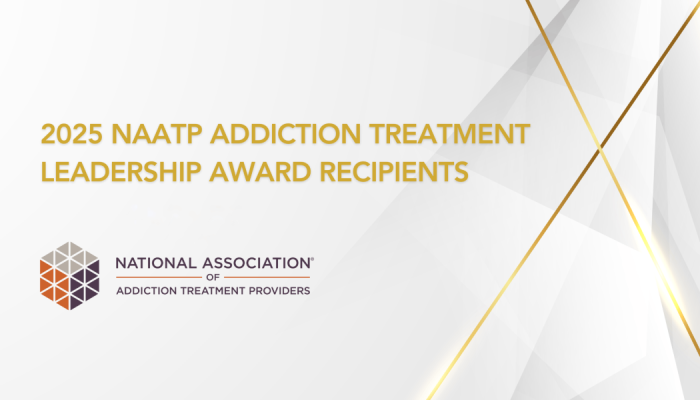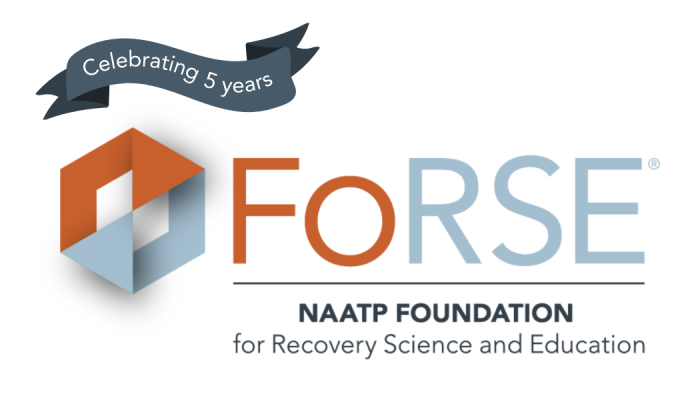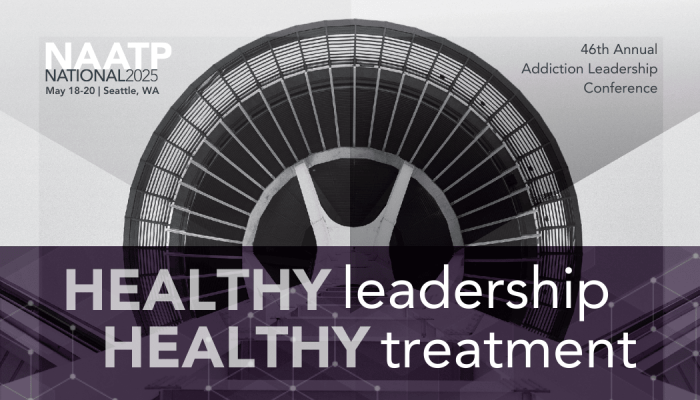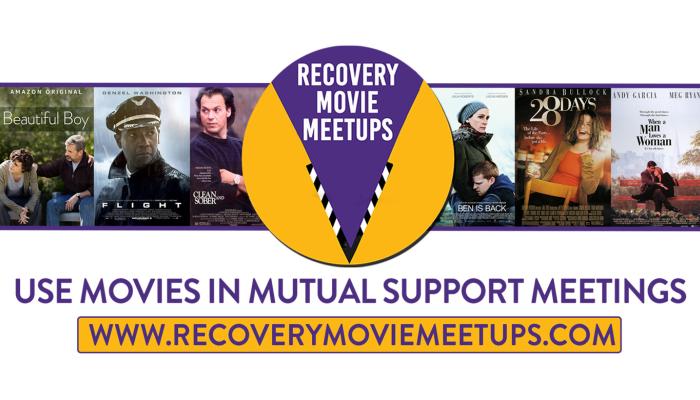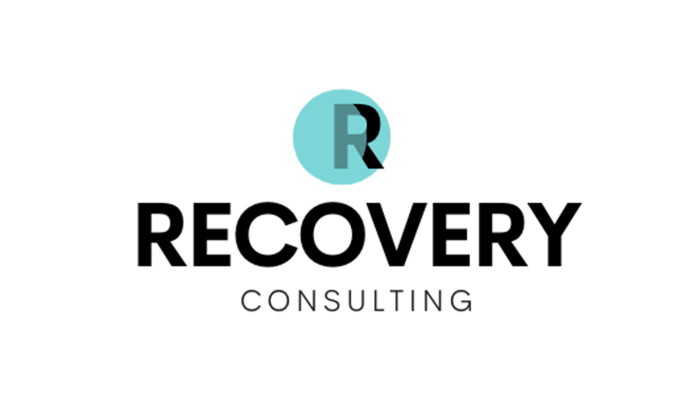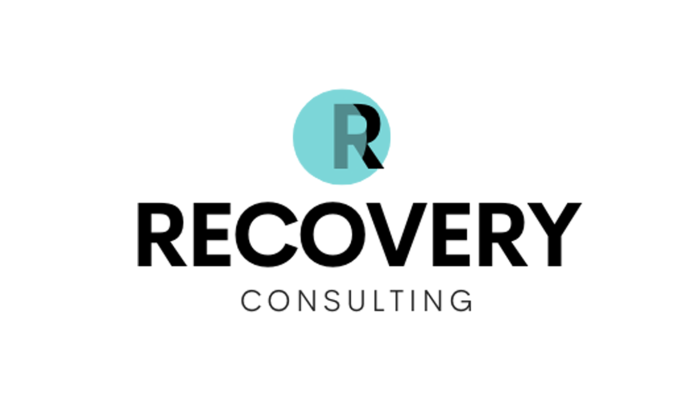Aug 14, 2023
This article was written by Gary Enos and originally published on August 14th, 2023 in the Alcoholism & Drug Abuse Weekly; Volume 35, Number 32 and features NAATP CEO, Marvin Ventrell.
Despite a number of industry trends that would seem to diminish the future role of residential substance use treatment, several leaders in the treatment and research communities still foresee residential care remaining an integral component of the continuum of care.
These leaders told ADAW that the importance of residential treatment is playing out in initiatives that range from San Francisco’s shift away from a “Housing First” approach to a national outcomes project that is expected to document the value of a full continuum.
Residential treatment is “a critical intervention in the continuum of care that will remain a necessary element of patient care,” said Marvin Ventrell.
Residential treatment is “a critical intervention in the continuum of care that will remain a necessary element of patient care,” said Marvin Ventrell, president and CEO of the National Association of Addiction Treatment Providers. NAATP’s nonprofit research arm released its first outcomes-monitoring research report in May, as part of an ambitious effort to document how treatment is being delivered and how patients are responding (see “Inaugural outcomes study released by NAATP.”
A key element to maintaining the role of residential treatment, Ventrell contends, involves an accurate assessment of need conducted by professional staff. He compared the importance of maintaining multiple levels of care for substance use disorder to the diversity of possible responses around a diagnosis of prostate cancer, ranging from surgery at the most intensive to vigilant monitoring on the opposite end of the spectrum.
“Our [outcomes] project will validate the different interventions,” Ventrell said.
So while advances in treatment technology and medication interventions for addiction might signal that fewer individuals will need a residential level of care, the complexity of the illness would still suggest the importance of access to the most intensive level of service, industry leaders have said.
San Francisco’s shift
In San Francisco, where decay and despair reflected in rampant open drug use on the streets have led in recent months to a public outcry for change, a transformation in addressing the needs of the marginalized is taking shape. At the center of this shift is a comprehensive effort by The Salvation Army to establish a continuum of support that includes a heavy dose of residential care for substance use disorders.
The organization’s “The Way Out” initiative (thewayoutsf.org) is led by two individuals (one of whom has a substance use history) who formerly worked together to pioneer several treatment-focused programs in San Francisco’s adult probation operation. Initiative executive director Steve Adami, who himself was paroled to a residential program after release from incarceration, said he knows few people who have been in his shoes and did not need residential care at some point as part of their recovery journey.
The Way Out embodies a shifting paradigm away from a “Housing First” mindset that Adami and others have said has failed to address the core issues contributing to chronic homelessness. Its leaders describe their mission as one of creating a recovery-focused system of care that includes residential treatment, transitional housing and other supports (see “S.F. seeks improved recovery programs amid a philosophical tug-of-war,” ADAW, Nov. 14, 2022.
Adami and The Way Out deputy director Destiny Pletsch explained that a combination of city grants and private funds allows the initiative to operate outside the bureaucratic hurdles to care brought on by the Medi-Cal health plan requirements. This allows The Salvation Army to guarantee treatment on demand within a campus location that houses a social model detox program, residential treatment beds and a family shelter.
Adami said that at present, the detox program has a bed capacity of 40, half of which are being funded by the city. The residential treatment component currently has 96 beds, 56 of which are city funded. Leaders said they expect to scale the initiative over the next two years, hoping to reverse a trend that has seen substance use treatment admissions in San Francisco decline by more than 30% since the mid-2010s, Adami said.
The overall vision calls for duration of client participation in the continuum to range anywhere from weeks to up to three years. “We believe that treatment should be based on need, not on funding,” Adami said.
“What residential treatment does is give you a sense of community,” he said. “The message people have been hearing on the streets is that people just need housing. Housing is not an evidence-based solution to addiction,” he said, as housing alone does not address the drivers of chronic homelessness.
The Way Out’s leaders see the tide gradually turning in the city, even with messaging from city government that has appeared to shift from a safe-use message to one promoting recovery. “We’re pushing the narrative that people can recover,” Pletsch said. “The Salvation Army is stepping into a leadership role.”
The Way Out also includes a transitional housing component that currently serves 36 individuals and is expected to expand to a capacity of 100 by January 2024.
Overcoming obstacles
“Due to higher levels of addiction severity, complexity, chronicity and a high risk for adverse events,‘medical necessity’ will dictate that residential treatment stays are sometimes clinically necessary,” said leading national researcher John F. Kelly, Ph.D., the Elizabeth R. Spallin Professor of Psychiatry in Addiction Medicine at Harvard Medical School and director of the Recovery Research Institute at Massachusetts General Hospital.
“The duration of those residential stays for which government or insurance pays will depend on that medical necessity, but in other instances, both individuals, as well as their families, may elect to pay out-of-pocket for residential treatment to provide a more prolonged and uninterrupted focus that such a protected environment can give,” Kelly said.
The NAATP’s Ventrell said he agrees that payer determinations will remain critical to preserving the residential level of care. Without payer buy-in, a full continuum can’t be supported. This is why it remains crucial for the industry to arrive at a set of generally accepted standards of care, which in turn would lead to genuine value-based contracting in substance use treatment, he said.
“Treat it, refer it, or braid it,” Ventrell said, with the latter referring to coordinating care with a second treatment provider.
One of NAATP’s current priorities in messaging to its members has involved encouraging more broadbased assessment of patient need based on the high prevalence of cooccurring mental health disorders. Programs need to consider in these cases the options of “treat it, refer it, or braid it,” Ventrell said, with the latter referring to coordinating care with a second treatment provider. A need for coordinated care to address the complexities of co-occurring disorders speaks to the importance of the availability of residential levels of care, he said.
“For some individuals, a residential stay can be a lifesaver and a turning point,” Kelly said. “Family members too, who can often become severely ill themselves through the chronic stress of a loved one suffering from addiction, are often helped immensely and gain great relief from the protection that a residential setting can provide for their loved one.”
About ADAW
The Alcoholism & Drug Abuse Weekly (ADAW) is a newsletter that has been in publication since 2005. It is designed for directors of addiction treatment programs, federal and state policy makers in health care and criminal justice, and treatment, prevention, and recovery advocates.
A member benefit included with NAATP Provider Membership is an annual complimentary subscription to the Alcoholism & Drug Abuse Weekly (ADAW) online journal. In order to take advantage of this benefit, you must opt-in by completing the online form. Once received, your subscription will be processed to start during the following month.
Gary Enos has covered public policy, business and clinical issues in the addiction and mental health fields as a newsletter and magazine editor since 1994. Among the publications he has worked on are Alcoholism & Drug Abuse Weekly, Mental Health Weekly and The Brown University Psychopharmacology Update. He also served as editor of Addiction Professional magazine from 2003-2020. Prior to his work in behavioral health, he covered state and local government issues as a newspaper reporter, and he also has written extensively on topics affecting higher education institutions and nonprofit organizations. He is a graduate of Brown University and Northwestern University's Medill School of Journalism. He is a past recipient of the NAATP Michael Q. Ford Journalism award.




